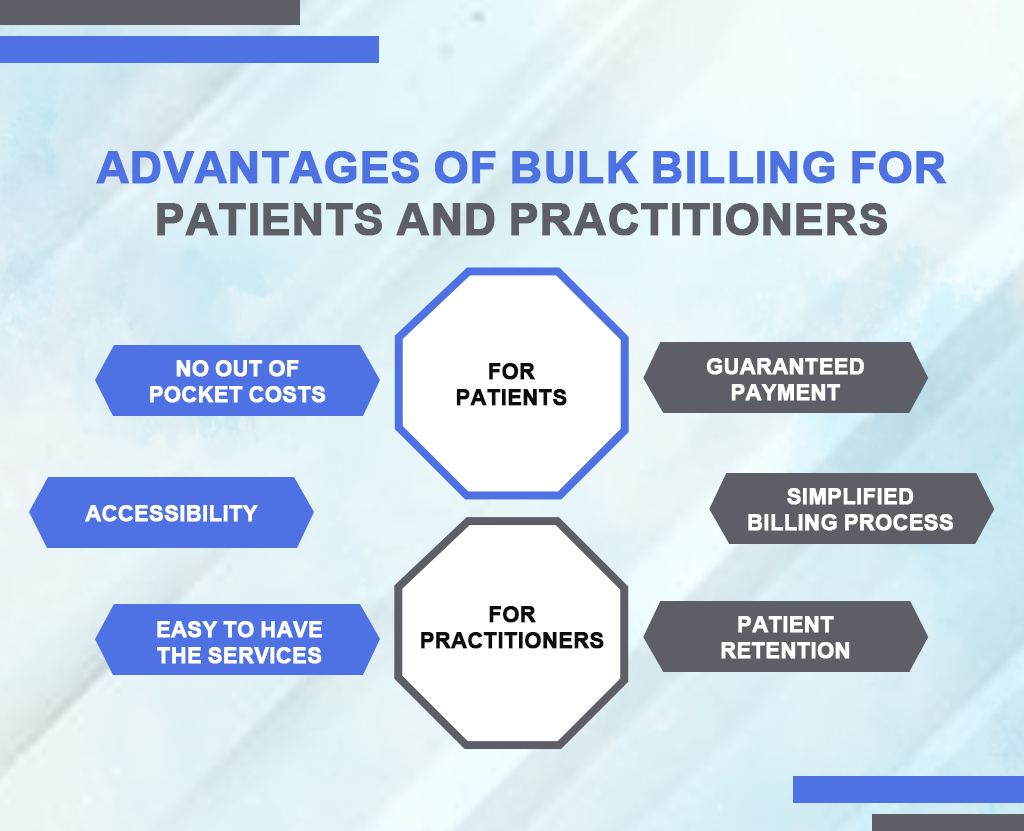Urology treats male and female urinary tracts and reproductive systems surgically and medically. Billing, reimbursement, and healthcare compliance depend on accurate urology coding.
According to the American Urological Association, urologists undertake nearly 9 million treatments yearly, making exact coding vital for correct pay. Medical billing and coding errors cost Medicare billions annually, according to CMS.
This blog discusses urology coding, its role in healthcare, urology billing guidelines, operational efficiency, and regulatory compliance.
What Is Urology Coding?
Urology coding uses standard codes to describe treatments and diagnoses that involve the male reproductive system and urine. These numbers come from the CPT and ICD-10. ICD-10 numbers list and code all hospital diagnoses, symptoms, and procedures, while CPT codes show the medical, surgical, and diagnostic services that healthcare workers offer.
Urology Coding Guidelines
Urology coding is complicated because it covers several procedures and therapies. Proper billing reimbursement and compliance require accurate coding. Key urological coding guidelines and best practices:
Understand Common Urology Procedures
It includes a wide range of diagnostic and therapeutic techniques, such as, but not limited to:
Cystoscopy: This test diagnoses problems by looking at the bladder and urethra.
Urodynamic Testing: This is a set of tests that check how well the bladder and urethra maintain pee storage and elimination.
Prostate Biopsy: A prostate biopsy is a test that takes out small pieces of prostate tissue to see if there is cancer.
Lithotripsy: Shock waves break up stones in the kidney, bladder, or ureter.
Use Specific and Updated ICD-10 Codes
Using specific ICD-10 codes ensures clarity and accuracy. Always verify that the codes are up-to-date with the latest revisions. Some commonly used ICD-10 codes in urology include:
N40.0: Benign prostatic hyperplasia without lower urinary tract symptoms.
N20.0: Calculus of kidney.
R31.9: Hematuria, unspecified.
Detailed Documentation
Accurate and detailed documentation supports the correct coding of urology procedures. Key elements to include are:
Patient History: Include relevant patient history that supports the procedure’s medical necessity.
Procedure Details: Provide a thorough description of the procedure performed.
Findings and Diagnosis: Document the findings of the procedure and the final diagnosis.
Utilize Modifiers Appropriately
Modifiers are critical in conveying additional information about the performed procedures. Common modifiers used in urology include:
Modifier 25: Significant, separately identifiable evaluation and management (E/M) service by the same physician on the same day of the procedure or other service.
Modifier 59: Distinct procedural service.
Modifier 76: Repeat procedure or service by the same physician.
Stay Informed About NCCI Edits
Compliance with Billing Regulations
It is necessary to adhere to all the billing regulations to avoid audits and consequent penalties. This includes:
Medicare Guidelines: Because of this, you need to ensure that the billing procedures is done according to Medicare guidelines, given that most of them act as a benchmark.
Payer-specific Policies: HHS payers could also have had varied coding and billing policies. It is advisable to be acquainted with these to avoid any hostile reception regarding reimbursement.
Regular Training and Education
Coding staff needs to get regular training to learn about the latest changes and rules for code. This can be done by:
Seminars and lessons: Go to urology-specific workshops and lessons on how to code.
Online classes: To keep learning, use online courses and webinars.
Professional Groups: Join groups like the American Urological Association (AUA) to get information and tools.
Audit and Review
nternal audits and reviews of regular coding techniques can help find mistakes and fix them. Important steps are:
Random Chart Audits: Check the coding on random patient charts occasionally to ensure it’s correct.
Peer Reviews: Have other coders review each other’s work to ensure it’s correct and consistent.
Loop of Feedback: Make a loop where coders can discuss common problems and share answers.
Challenges in Urology Coding
- Urology has many diagnostic and therapeutic procedures, making coding difficult.
- Coders must stay current on CPT and ICD-10 code revisions.
- Coding errors can influence reimbursement and compliance due to incomplete or erroneous documentation.
- Knowing which procedures can be invoiced together and which separately can be challenging.
- Modifier misuse can result in claim denials or reduced reimbursement.
- Insurance payers may have different coding standards, creating difficulty.
- Ensuring coded procedures meet payer medical necessity standards to avoid claim rejections.
Urology Associates Billing
Urology-associated billing deals with the billing of urology clinics and the doctors, physicians, and surgeons in this field. Claims of urological service and treatment are to be well-documented, coded, and billed. It is crucial for urology billing to get acquainted with the medical code regarding cystoscopy, prostate examinations, and operations on the urinary tracts.
These services are complicated, so billing must be precise for insurance payment and the practice’s financial stability.
What is Bulk Billing in Urology?
Urology bulk billing is about how the healthcare provider gets paid. The latter directly submits the bill to Medicare or another health insurer of the patient and recovers their expenses. However, for this plan to be effective, the patient does not have to contribute towards the actual cost of the services received.
Bulk billing applies to countries with a public health system, especially Australia. It ensures that those in need of the services can access them without having to consider issues related to money.
Advantages of Bulk Billing for Patients and Practitioners

For Patients
- No Out-of-Pocket Costs
- Accessibility
- Easy to have the services
For Practitioners
- Guaranteed Payment
- Simplified Billing Process
- Patient Retention
How to Find a Bulk Billing Urologist Near Me
With the correct tools, finding a billing urologist near me is easy:
- Many healthcare websites and directories let you find local billing urologists.
- Health insurance companies may feature billing urologists on their websites.
- Local hospitals and medical facilities can propose bulk-billing urologists.
- These clinics generally know billing specialists and can recommend them.
These resources help people find cheap urological care and get the care they need.
Contact Us Today!
Get expert urology coding and billing from Resilient MBS today. Our experts can help you with all your coding and billing needs to maximize reimbursements and accuracy.
Contact Us for trustworthy urology coding and billing.
FAQs
The 2-week rule in urology requires specialized evaluation of probable cancer patients within two weeks of primary care referral.
One of the most common diagnoses in urology is benign prostatic hyperplasia, or the pathological increase in the prostate gland in men with the development of urinary dysfunction.
Urology billing requires accurate documentation to assure compensation, reduce claim denials, and comply with healthcare standards.
Urology billing captures the insurance claim for a urology service delivered by a practitioner and then pursues payment for the services rendered to them.










